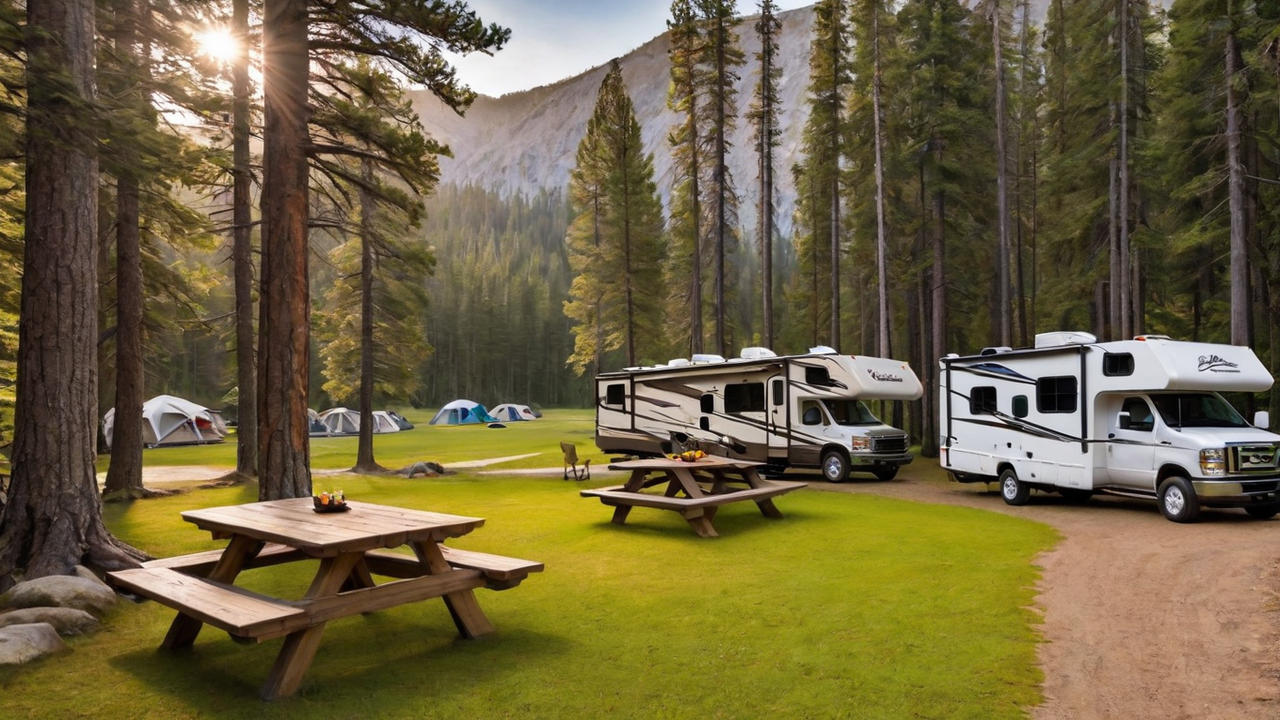Improving Site Choice with GIS Integration in Campsite Management Software
Improving Site Choice with GIS Integration in Campsite Management Software
Blog Article

Utilizing GIS for Enhanced Campground Configurations
Integrating GIS into campground management software revolutionizes the way campsites are planned and managed. By leveraging accurate geographical data, administrators can optimize the layout for improved accessibility and guest satisfaction. This combination allows for the creation of detailed site maps that include natural landscapes, maximizing the use of space while preserving the environment.
The capability to visualize and adjust the campground configuration in real-time provides a significant benefit in planning and development. Precise GIS data assists in identifying ideal locations for amenities, ensuring they are both accessible and ecologically sustainable. This method not only improves guest contentment but also contributes to a lower environmental footprint.
Simplifying Reservation Processes with Geographic Information Systems
By integrating GIS into campground reservation systems, operators offer a more engaging booking process for campers. Guests can select their preferred spots based on real-time geographical data, including proximity to amenities and scenic views. This level of precision in site choice significantly improves planning and contentment for campers.
Furthermore, this technology cuts down the likelihood of overbooking and clashes between reservations. Accurate GIS data guarantees that each site is correctly mapped, with clear boundaries, thus making a smoother reservation process. This effectiveness not only saves time for site administrators but also boosts the overall customer experience.
Enhancing Security and Crisis Response with GIS
Incorporating GIS into campground management solutions greatly improves safety and emergency response. Detailed site maps allow for precise placement of emergency services like fire stations, first aid points, and evacuation routes. This accessibility to vital information can significantly accelerate response times in critical situations, potentially preserving lives.
Moreover, GIS data can be used to spot areas prone to natural hazards such as flooding or wildfires, enabling for the creation of proactive safety measures. Through this technology, campground managers can put in place precautionary measures and inform guests of possible risks, thus guaranteeing a safer camping experience for everyone.
Optimizing Amenity Distribution Through GIS
GIS technology enables campground managers to effectively allocate amenities across the site. By analyzing geographical data, they can determine the most optimal placements for amenities such as restrooms, picnic areas, and playgrounds. This ensures that all guests have easy access to amenities, enhancing their overall experience.
Additionally, GIS can assist in monitoring the utilization of natural resources, promoting sustainable management within the campground. Through precise mapping, campsites can avoid overuse of vulnerable areas, supporting in conservation efforts and protecting the beauty and health of the environment.
Increasing Guest Satisfaction with Interactive GIS Features
Interactive GIS maps boost guest engagement by offering an immersive exploration of the campground before arrival. Guests can explore different areas, view photos, and learn about nearby attractions directly through the site’s website. This pre-visit interaction starts the guest experience on a high note, increasing anticipation and contentment.
Moreover, these interactive features can serve as a guide during the stay, providing up-to-date information on weather conditions, scheduled events, and available facilities. Such accessibility guarantees that campers remain informed and can fully enjoy their outdoor adventure.
Facilitating Eco-friendly Conservation with GIS
GIS integration in campground management systems plays a crucial role in advancing eco-friendly sustainability. Precise mapping enables for careful planning and management of natural resources, minimizing human impact on the environment. This tools facilitate to monitor and manage ecosystems, lakes, and plant life, ensuring their preservation for future generations.
Moreover, by utilizing environmental GIS data, campsites can determine regions ideal for solar panels installations or other eco-friendly projects. Such strategy not only boosts the campground’s sustainability but also reduces operational costs, demonstrating a commitment to protecting the natural world.
Integrating Local Insights into Campground Development with GIS
GIS technology empower campground managers to incorporate local insights into campground planning. By collaborating with community residents, operators can acquire a deeper understanding of the area and its historical importance. Such partnership guarantees that campsites are planned with respect for community values and heritage, enriching the visitor encounter.
Moreover, such integration helps in identifying unique opportunities for campground activities and attractions that showcase the local culture and landscape. Implementing community insights into the planning process doesn’t just improve the genuineness of the campground but also bolsters bonds with the local community, establishing a beneficial effect for all parties.
Adjusting to Evolving Guest Expectations with Dynamic GIS Data
The landscape of outdoor recreation is always evolving, with visitor demands getting more sophisticated. Utilizing dynamic GIS data allows campground managers to quickly adjust to these shifts by updating amenities and services to meet current demands. This flexibility ensures that campgrounds remain attractive and relevant in a rapidly changing market.
Additionally, the capability to collect and analyze guest feedback through GIS-based applications means campsite operators can constantly refine their offerings. Tailoring the outdoor experience to meet individual preferences not only boosts visitor contentment but also promotes loyalty, driving the success of the campground in the long term.
discover more Report this page